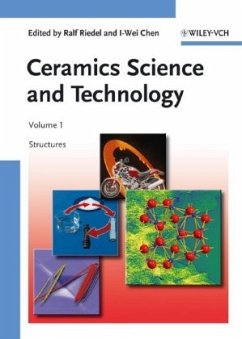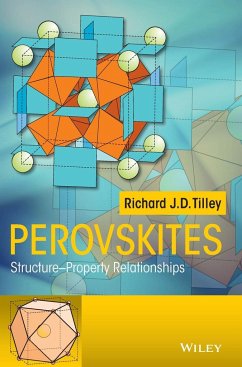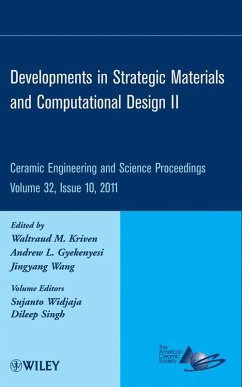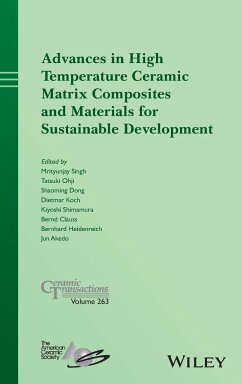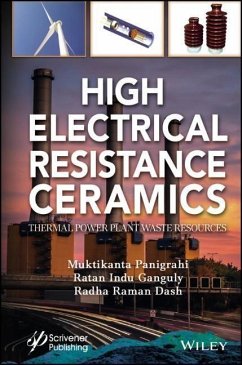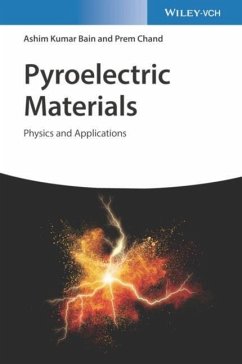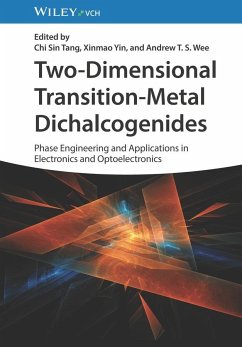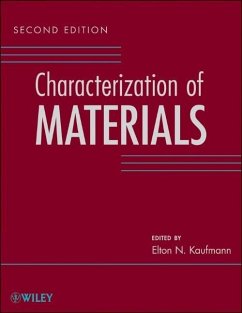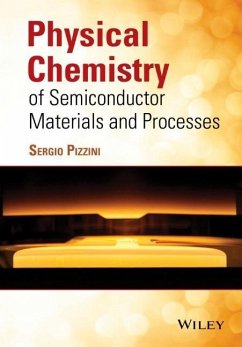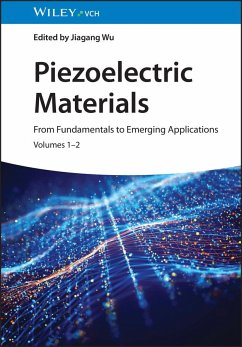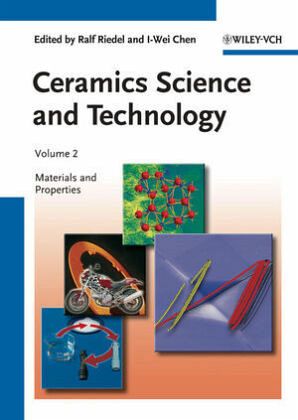
Ceramics Science and Technology
Volume 2: Materials and Properties
Herausgegeben: Riedel, Ralf; Riedel, Ralf; Chen, I-Wei; Chen, I-Wei
Versandkostenfrei!
Versandfertig in 1-2 Wochen
209,99 €
inkl. MwSt.
Weitere Ausgaben:

PAYBACK Punkte
105 °P sammeln!
Ceramics have progressed from ancient bulk materials in pottery, construction, and decoration to a multitude of modern applications requiring thermal and chemical stability, durability and resistance to wear in environments and conditions under which other material classes cannot serve adequately. Ceramics Science and Technology illuminates this exciting material class from all sides for a wide audience ranging from materials scientists and engineers to chemists, biochemists, physicists and medical researchers.
Although ceramics have been known to mankind literally for millennia, research has never ceased. Apart from the classic uses as a bulk material in pottery, construction, and decoration, the latter half of the twentieth century saw an explosive growth of application fields, such as electrical and thermal insulators, wear-resistant bearings, surface coatings, lightweight armour, or aerospace materials. In addition to plain, hard solids, modern ceramics come in many new guises such as fabrics, ultrathin films, microstructures and hybrid composites.Built on the solid foundations laid down by the 20-volume series Materials Science and Technology, Ceramics Science and Technology picks out this exciting material class and illuminates it from all sides.Materials scientists, engineers, chemists, biochemists, physicists and medical researchers alike will find this work a treasure trove for a wide range of ceramics knowledge from theory and fundamentals to practical approaches and problem solutions.




